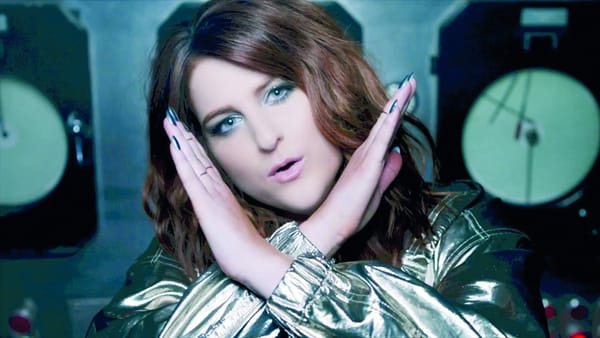The Bury Your Gays trope needs to die
LGBT fans deserve, and are demanding better from TV networks and producers

The 100 is a cult teen drama focused on post-apocalyptic America. It has a significant, primarily American following who mobilised quickly following the airing of an episode on the 3rd March to launch an enormous online campaign. During the show, a character is shot as part of the story arc that is directly linked to her finally acting on her feelings and kissing another female character. This exploitation – the ‘Bury Your Gays’ TV trope – understandably did not sit well with fans of the show, leading to the hashtag #LGBTFansDeserveBetter trending for seven hours, with over 300,000 tweets written immediately after the show aired. The nature of this campaign is that it has long progressed from a complaint about a character being killed off on one show, and is now about challenging the industry for overall representation.
Now, obviously characters die in shows. It’s incredibly rare that a show could run for a whole series or more without killing a main or recurring character, whether due to contractual issues or a necessary ending to a story arc. That said, LGBT representation on TV has a rocky history, and playing in to harmful and toxic tropes is not a good way to handle a necessary death, so that your actor can leave the show.
A large part of the response from the network and the show has been to tell us that Lexa, the character that was shot, was not killed off because she was a lesbian. However the fact remains that she died because an adult male believed that the way she was loving someone was wrong. Ignorance of the issue within the industry in which you work, where writing and background research is literally what you are paid for, is absolutely not a valid excuse. If you don’t want to engage in the real-world politics of a lesbian character, then do not write one whose primary emotional arc is whether her love is right or wrong and then kill her for it. If they truly didn’t mean to strike a political or personal nerve, they sure fucked up.
An adult male believed that the way she was loving someone was wrong
Underrepresented groups are continually denied positive portrayals, making it harder to visualize a positive outcome for their own future. When death and despair are the only features of the lives you regularly see for characters that reflect you, it rapidly becomes damaging. It’s no secret that the rate of suicide is considerably higher in the LGBT community than national averages, with a 2011 study by the CDC finding LGBT youth four times more likely to attempt suicide than their straight peers. Isn’t it about time we stopped normalizing this narrative of no happy endings in mainstream media? LGBT viewers deserve to see happy futures reflected in easily accessible media.
LGBT representation in all forms never got off to a good start; many of the first modern media depictions came from the 1930s where intense social control existed. It was not a good time for the media: regulations like the Hays Code existed that forbade the depiction of mixed-race relationships, amongst others. In this environment, LGBT representation of any kind was only allowed under the premise that LGBT characters were immoral by dint of being LGBT and as such could not be allowed to be happy in said ‘immorality’. LGBT characters could only exist if their storyline was to be punished, and this manifested primarily as the characters being killed off. The cultural narrative became that gay characters died, one that we have evidently not moved past.
In the context of this current discussion stemming from the death of a lesbian, it is worth noting the specific toxicity relating to lesbian representation in media. The history of women dying in media has intrinsic roots in misogyny. The concept of women in relationships with other women has long been fetishised by the straight cis-men that control the production and distribution of mainstream media. This meant that in the 1950s a huge quantity of pulp lesbian novels were produced that allowed the fetishisation of these relationships, long before the taboo that would not allow them to be considered as healthy or meaningful was left behind. And so to allow for their production within the social climate of the time, the lesbian couple could never have a happy ending. The two most common options for the end of these novels were for one woman to go insane (as homosexuality was still viewed as an actual mental disorder), or one woman to die and the other to return to a heterosexual relationship. This is sadly a trope that doesn’t seem to be expiring any time soon. The belief of many media creators seems to be that lesbian characters are allowed only if the women remain sexually available to men, or that their relationship is only sexual.
We’ve seen the overall cultural trend shift in recent years but it fundamentally remains that LGBT people suffer. In modern media this is often more in the context of noble suffering in the face of an unforgiving world, from violence, disease, or AIDS. It remains the overwhelming majority of films and books in which LGBT people suffer outweighs all other narratives.
The 100 playing in to this narrative has provoked what can only be a long overdue conversation. The campaign springing from the episode continues to put pressure on the industry, and maintains a fundraising arm that is raising money for the LGBT suicide prevention organization The Trevor Project. The drive has raised over $120,000 from nearly 4000 individual donations. In the words on their website “There is not much we can do in the way of changing what’s already been written. What we can do however, is unite to help those who are hurting and despondent through this.” All I can say is that it really is time for the Bury Your Gays trope to die.









